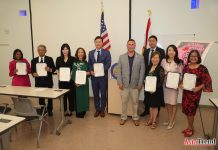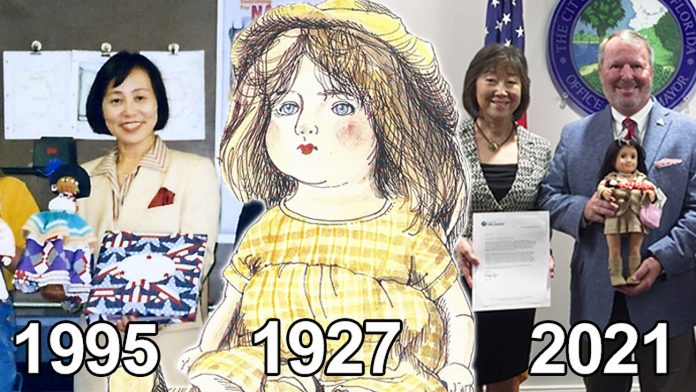
How do two different gifts exchanged between Orlando, Florida and Japan, each given almost a century apart, connect the past to the present? A historically significant “Friendship Doll,” presented by Orlando Mayor Buddy Dyer this May during Asian American and Pacific Islander Heritage Month, looks to revisit the lessons of history.
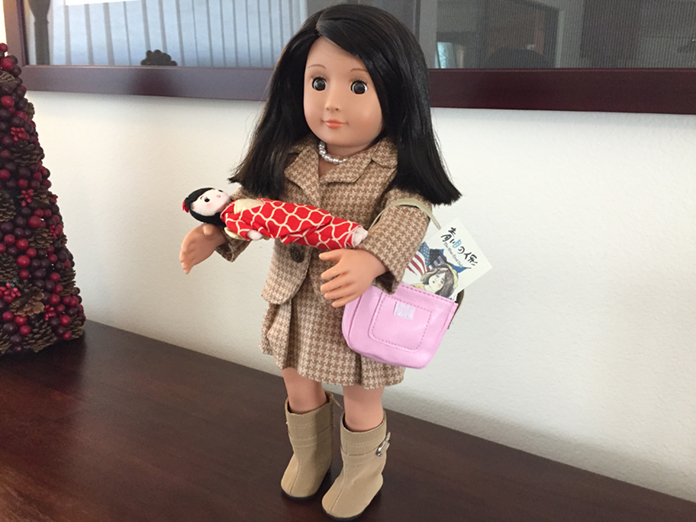
The story begins in 1927. Following the turn of the century, world affairs had led to a deteriorating outlook for Japanese immigrants in America. Faced with discrimination in times of increasingly tense diplomatic relations, anti-Asian legislation in the state of California had banned the Japanese from owning land in 1913. The issue came further to a head in 1924 with the introduction of an immigration law that brought more anti-Asian policies and an effective end to Japanese immigration to the United States.
Enter Reverend Dr. Sidney Gulick, an author and educator who had lived in Japan for over two decades as a United States Congressional missionary. Dr. Gulick was a staunch opponent to the Asian targeted legislation of the day and a stalwart voice against anti-Japanese discrimination in America. With the state of relations in decline, Dr. Gulick was concerned over the growing divide between the two nations. In response, starting in 1926, he devised a mission in an effort to increase international awareness.
Dr. Gulick’s “Doll-Mission of Friendship Program” was based on the premise of nurturing cultural understanding among children, and culminated in the shipment of 12,739 community donated “Friendship Dolls” from 2.6 million volunteers across America. The dolls received a welcoming ceremony in Tokyo on the day of the Japanese Girls’ Festival on March 3, 1927. A delegation of American children was in attendance to present the dolls to their Japanese peers in a gesture of friendship as was Dr. Gulick’s intent. From there, as supply permitted, the dolls were sent out to select elementary schools and kindergartens in every prefecture of Japan.
One of the Friendship Dolls to arrive in Kagawa Prefecture was named Anama Julie, and had been gifted to the program by Miss Isabela Marjorie of Orlando, Florida. Of the 102 dolls sent to Kagawa Prefecture in total, Anama Julie has been the only one recovered following the outbreak of war between Japan and the United States. In 1943, Japanese media fueled the organized destruction of most of the Friendship Dolls. However, years later in 1977, Anama Julie was found tucked away in the closet of a temple in Kagawa, which had once housed a kindergarten that had relocated during the war.
Fast forward to 1992. Ms. Shoko Tsujimura, International Relations Manager for the City of Urayasu in Japan, received a call from a journalist about Anama Julie in Kagawa Prefecture. Since 1989, Urayasu has been Orlando’s Sister City in Japan. Given both the Friendship Doll’s and Urayasu’s connection to Orlando, Ms. Tsujimura was asked to find Anama Julie’s original sender. From there, she researched more about the dolls, identified with their message of peace, and made it her mission to renew Dr. Gulick’s original program. In 1995, for the 5th anniversary of Urayasu and Orlando’s Sister City relationship, Ms. Tsujimura organized a return visit for Anama Julie to Orlando and announced the new mission
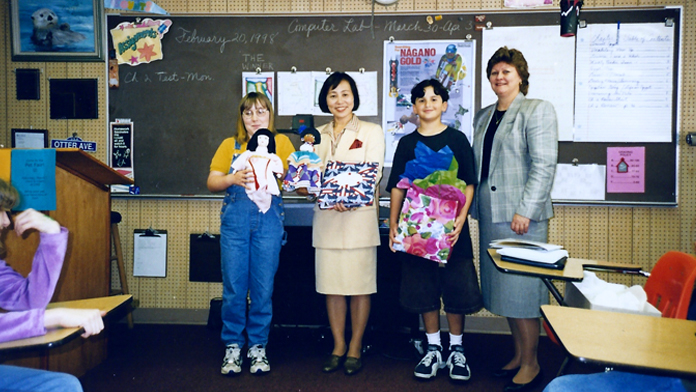
As a commitment to international cooperation, Ms. Tsujimura participated in the founding of the Urayasu Friendship Doll Exchange Association. In addition to the work her movement accomplished in sending Friendship Dolls to the United States and Canada over the years that followed, Ms. Tsujimura continued her leadership with the Friendship Doll exchanges between schools and organization of Urayasu and Orlando until her passing in 2014, a legacy the people of Urayasu carry on to this day. From 1992 to the writing of this article, Urayasu has exchanged with and gifted Orlando upwards of 44 Friendship Dolls. With the latest doll donated by the Urayasu International Friendship Association to Orlando’s Leu Gardens in February of 2020, the messages of peace and understanding started by Dr. Gulick in 1927, and formally continued by Ms. Tsujimura in 1995, are very much alive in the hearts of the citizens of Urayasu.
Now in 2021, as anti-Asian sentiment persists in the United States in a tragic continuation of history, such messages are needed as much today as they were then. In that regard, the Orlando Urayasu Sister City Committee worked together with the City of Orlando on a new gift to honor Ms. Tsujimura’s remarkable dedication to bringing people together. For Asian American and Pacific Islander Heritage Month in May, Orlando moved forward on dedicating a new official Friendship Doll from the city named “Miss Shoko” in remembrance of Ms. Tsujimura. The doll, along with a letter affirming Orlando’s renewed commitment to friendship with Urayasu, was unveiled by Mayor Buddy Dyer on June 8, 2021 as a gift to Orlando’s Sister City.
“Miss Shoko” marks another entry in the now 94-year history of the Friendship Dolls. What was started almost a century ago by Dr. Gulick as a nationwide volunteer program has now found an ongoing home in both Orlando and Urayasu, thanks to Ms. Tsujimura. The Orlando Urayasu Sister City Committee is proud to recognize the legacy of what Ms. Tsujimura’s work has done, not only for both cities, but for the international mission of peace her renewed Friendship Doll movement represents. Approaching the next century of Friendship Doll exchanges, we remember the messages of peace from the past to look to the future of continued cultural understanding.
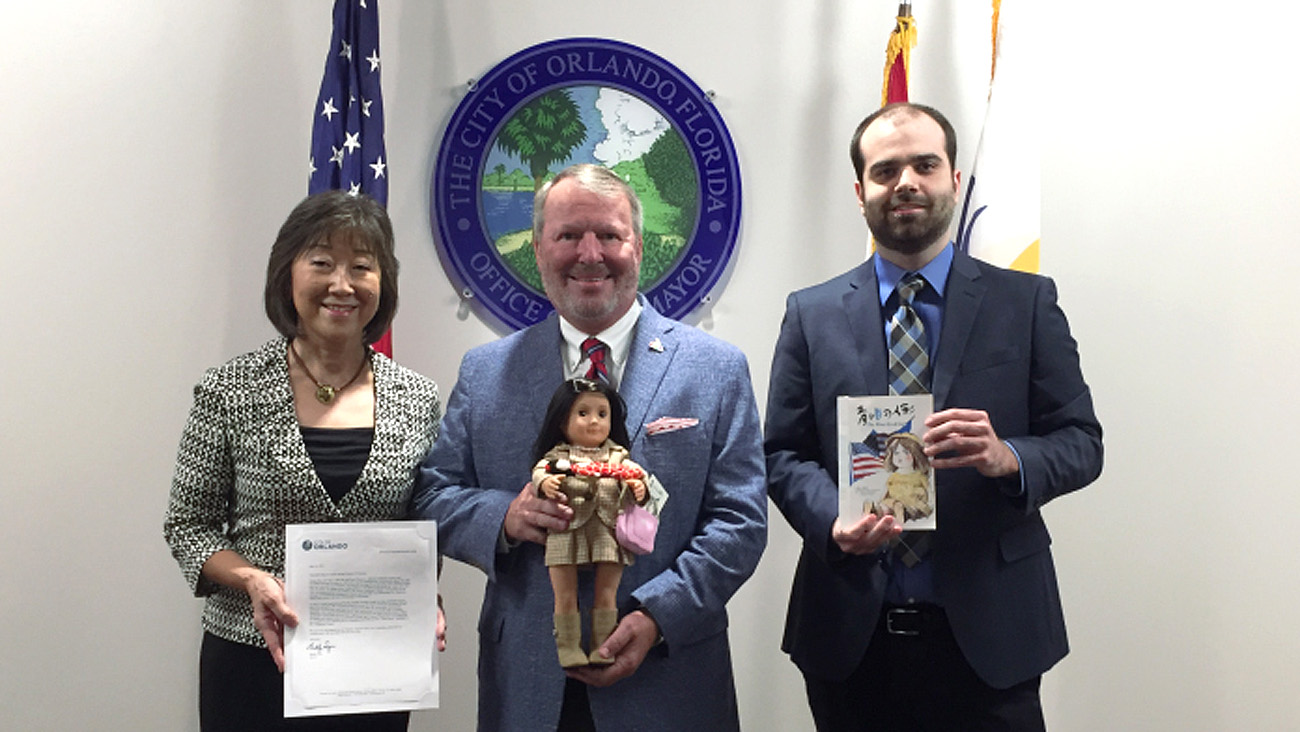
Written by Andrew Boyd of the Orlando Urayasu Sister City Committee.
Sources:
Ishii, Yodai. “The Blue-Eyed Doll.” English Edition translated by Ms. Shoko Tsujimura and Ms. Simone Mikawa. Urayasu City, Japan, 1995.
English translation of article from Global Age, Spring 2000, pages 20-21, by Ms. Shoko Tsujimura, retrieved from bill-gordon.net
“Sidney Gulick Class of 1879.” The New York Times, December 24, 1945, retrieved from ohsmemorial.co
